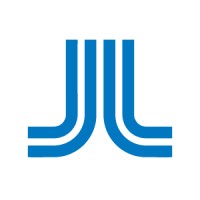
Region Stockholm
Är du beredd att tänka nytt och hitta framtidens lösningar? För vårt framtida uppdrag behöver vi medarbetare med hög kompetens, stort engagemang och som strävar efter ständig förbättring. Vid din sida kan du få engagerade kollegor inom hundratals kvalificerade yrken – ekonomer, sjuksköterskor, jurister, radiologer, ingenjörer och kirurger. Stockholms läns landsting är en av landets största arbetsgivare med ett livsviktigt uppdrag. Vi ger två miljoner invånare en effektiv kollektivtrafik och en god hälso- och sjukvård i landets snabbast växande region. Varje dag, dygnet runt.






